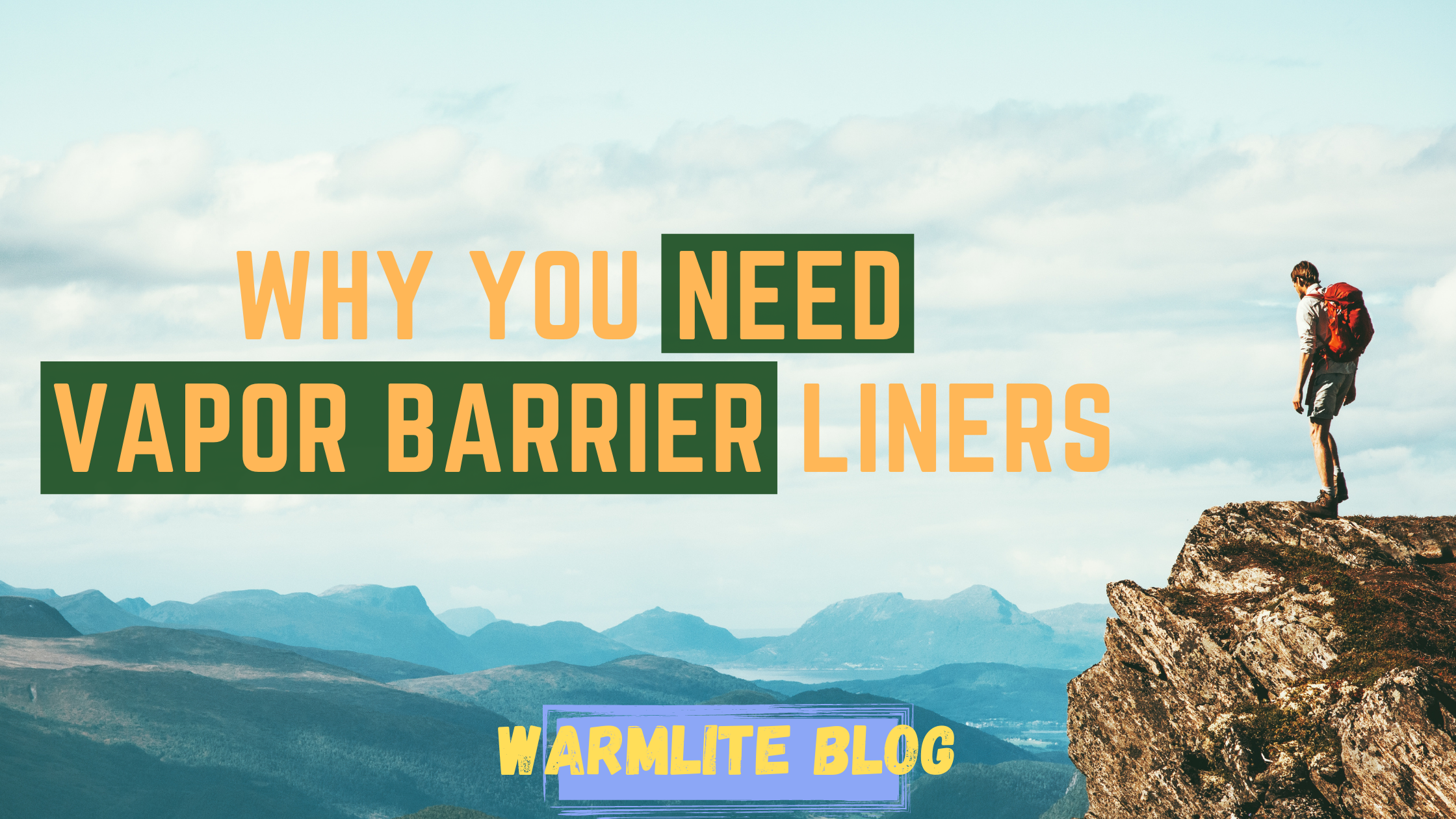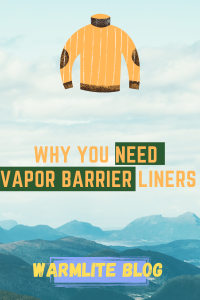Why you need Vapor Barrier Liners
By: Jessica Marie
Many people use wickable under-garments, which moves sweat away from your skin. This keeps you from noticing overheating and sweating. This also prevents dampening or soaking clothing worn close to your body. However, it will damped upper layers unless all layers are wickable. This works well for being comfortable indoors, short periods of activity, or moderate climates. The downside to wickable clothing is that it prevents the body’s natural cooling process when and where you need it most. Wickable clothing only moves the sweat your body creates into upper layers, which creates potential for feeling cold or more seriously, hypothermic. These aren’t always a problem if you’re going outside for short periods, keep steady activity, and are not overdressed. But for jogging, skiing, hiking, or mountaineering it can be a very serious matter. This is why you need a vapor barrier liner.
How It Works
Wicking under-garments cannot stop the chill of moisture evaporating from within your skin. The only way to reduce that chill is to raise the humidity level next to your skin. This is done by raising humidity in the surrounding air. This is determined by the dew point of the air temperature. How can we do this when we don’t control the weather? By creating an artificial barrier between your skin and the atmosphere. One that can hold a higher temperature and a higher dew point to control sweating and chilling. The best artificial barrier is vapor barrier clothing. This can both raise the temperature and the humidity level next to the skin. If humidity next to your skin reaches 100% (meaning it can’t hold any more water vapor), evaporation stops, chilling stops, and water taken from skin not sweat, stops.
Do people actually use Vapor Barrier Liners?
A common argument against Vapor Barrier is actually a misunderstanding of the function of vapor barrier clothing that is actually just doing its job. Wearing vapor barrier clothing is different than wearing other clothing. Habits and attitudes towards layering have to be altered when using vapor barrier liners. Once learned it is not only helpful but can be a life saver. Liners can increase temperature beside the skin by up to 20°F. Vapor barrier clothing immediately warns the wearer of overheating because it traps over 90% of moisture (sweat) within the barrier. This is what alerts the wearer to overheating. This trapping of sweat next to the skin is often misunderstood as causing overheating, but it is simply all sweat being trapped. Ultimately protecting upper layers from becoming damp or soaked.
Importance of Vapor Barrier Clothing
Vapor barrier clothing is very important for extended periods of activity, it stops over 90% of water loss from overheating. This also slows mineral loss. Heat, water, and body minerals are essential to life, and limiting their loss in as many ways as possible is important. Liners prevent the soaking of upper layers of clothing and sleeping bags, which would rendering them useless. In warmer temperatures these are mere perks, but in extreme temperatures they can make the difference between life and death. There is a difference between porous, wickability, breathability, and a vapor barrier. While they all are valuable and serve a specific purpose, it is important to know the strengths and limitations of each item and its abilities. It is best to not learn such a difference while out on an expedition.
Adapted from original texts as written by our founder, Jack Stephenson.



Recent Comments